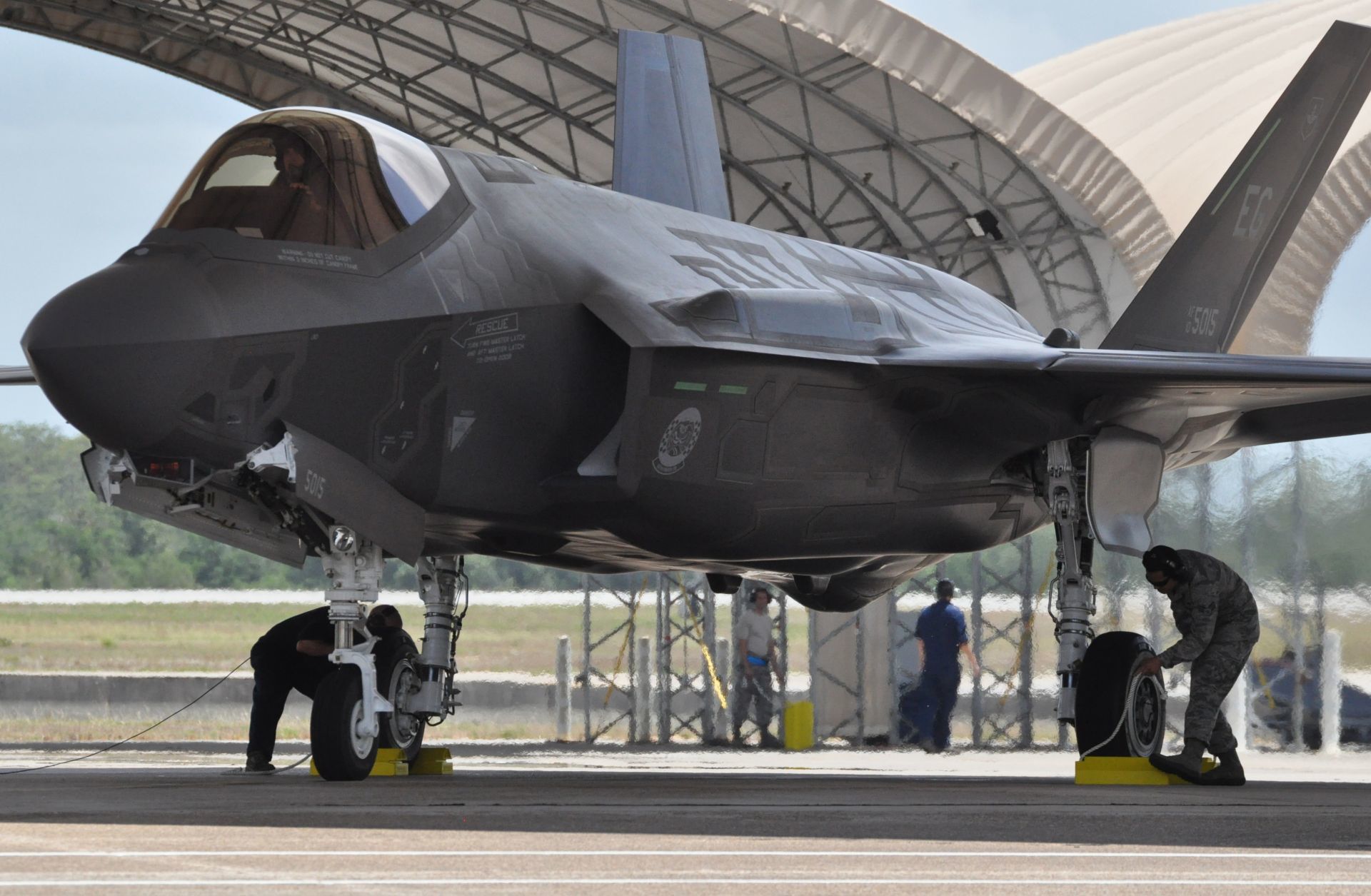The F-35 still has a long way to go before it will be ready for combat. That was the parting message of Dr. Michael Gilmore, the now-retired Director of Operational Test and Evaluation, in his last annual report.
The Joint Strike Fighter Program has already consumed more than $100 billion and nearly 25 years. Just to finish the basic development phase will require at least an extra $1 billion and two more years. Even with this massive investment of time and money, Dr. Gilmore told Congress, the Pentagon, and the public, “the operational suitability of all variants continues to be less than desired by the Services.”
Dr. Gilmore detailed a range of remaining and sometimes worsening problems with the program, including hundreds of critical performance deficiencies and maintenance problems. He also raised serious questions about whether the Air Force’s F-35A can succeed in either air-to-air or air-to-ground missions, whether the Marine Corps’ F-35B can conduct even rudimentary close air support, and whether the Navy’s F-35C is suitable to operate from aircraft carriers.
He found, in fact, that “if used in combat, the F-35 aircraft will need support to locate and avoid modern threat ground radars, acquire targets, and engage formations of enemy fighter aircraft due to unresolved performance deficiencies and limited weapons carriage availability.”
In a public statement, the F-35 Joint Program Office attempted to dismiss the Gilmore report by asserting, “All of the issues are well-known to the JPO, the U.S. services, our international partners, and our industry.”
JPO’s acknowledgement of the numerous issues are fine as far as it goes, but there’s no indication that the Office has any plan—including cost and schedule re-estimates—to fix those currently known problems without cutting corners. Nor, apparently, do they have a plan to cope with and fund the fixes for the myriad unknown problems that will be uncovered during the upcoming, much more rigorous, developmental and operational tests of the next four years. Such a plan is essential, and should be driven by the pace at which problems are actually solved rather than by unrealistic pre-existing schedules.
What will it take to fix the numerous problems identified by Dr. Gilmore, and how do we best move forward with the most expensive weapon program in history, a program that has been unable to live up to its own very modest promises?
Read Full Report on Project on Government Oversight website










